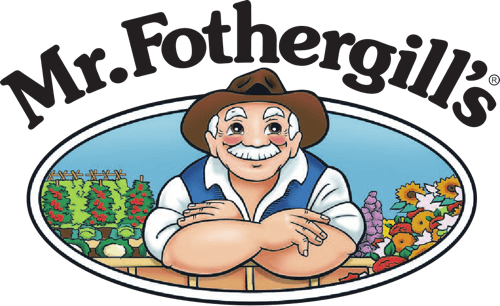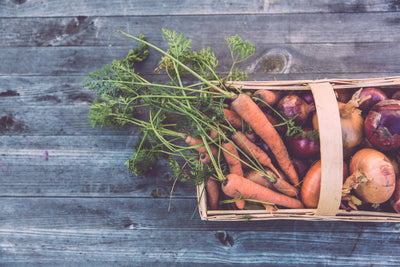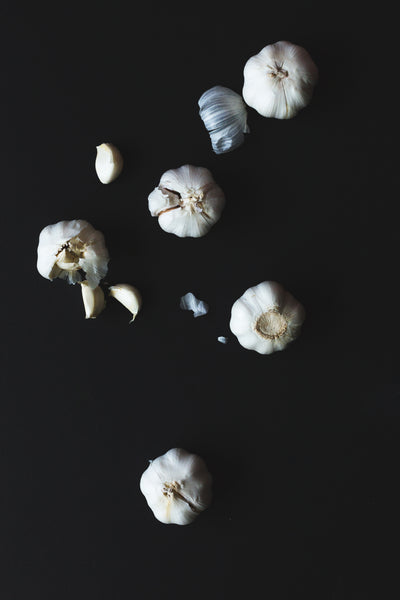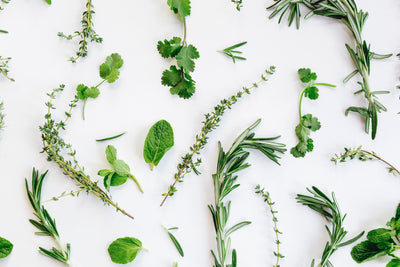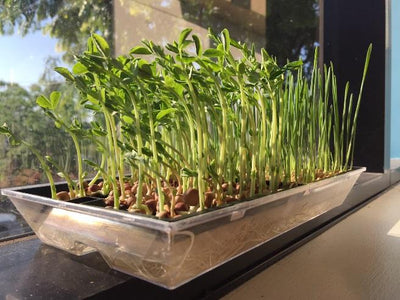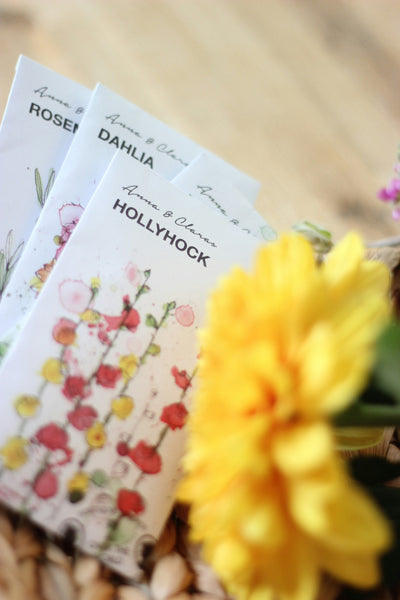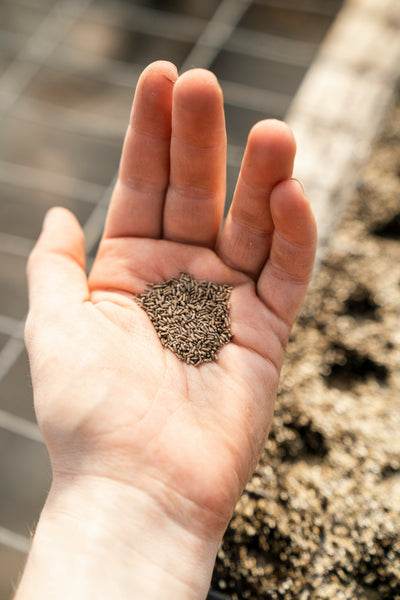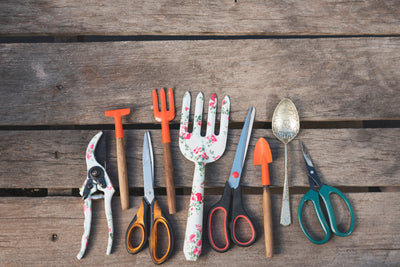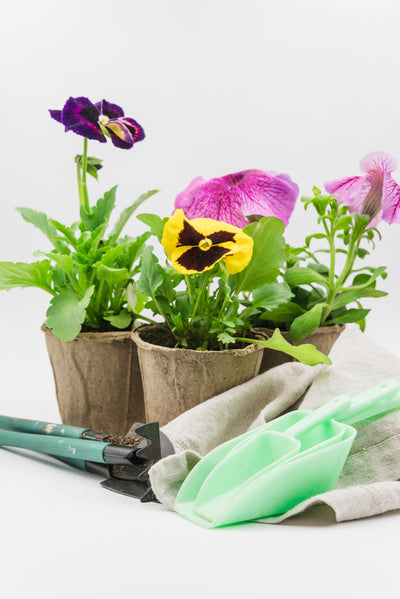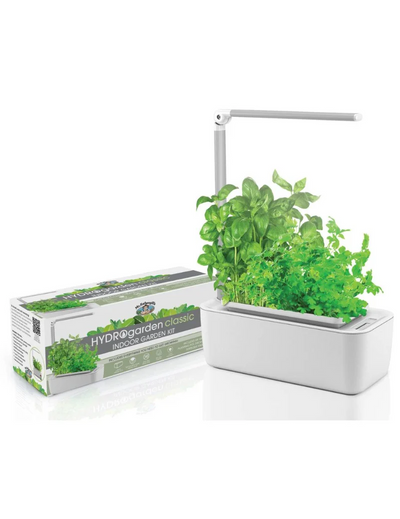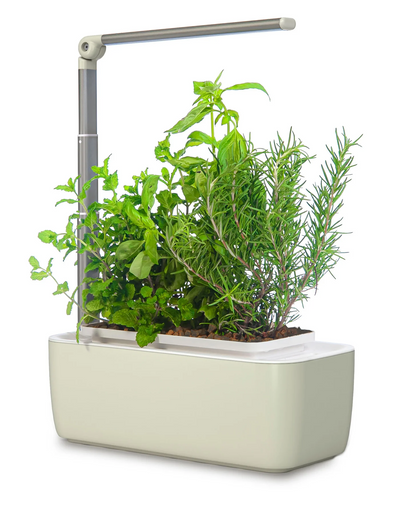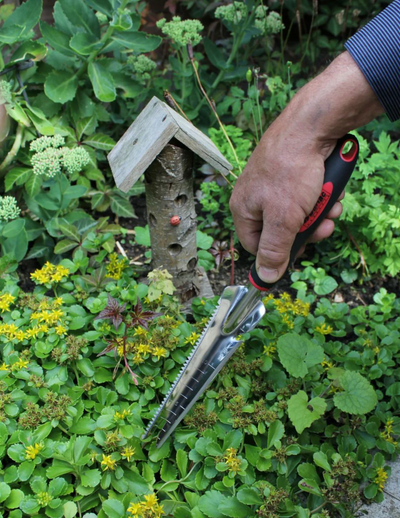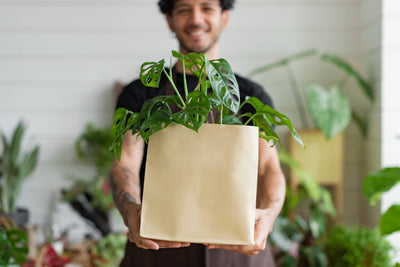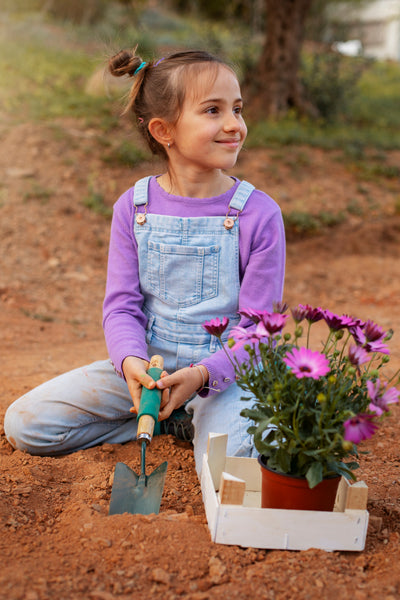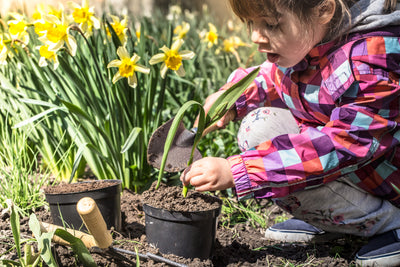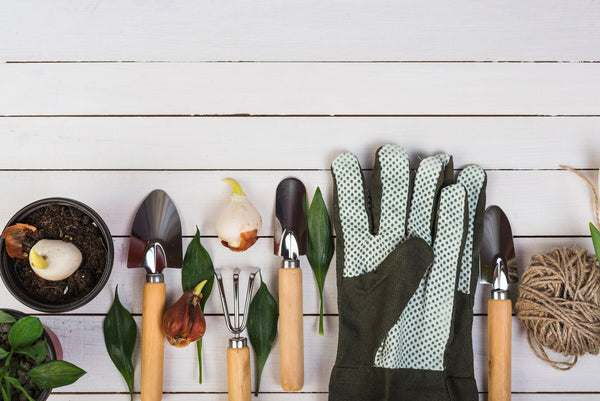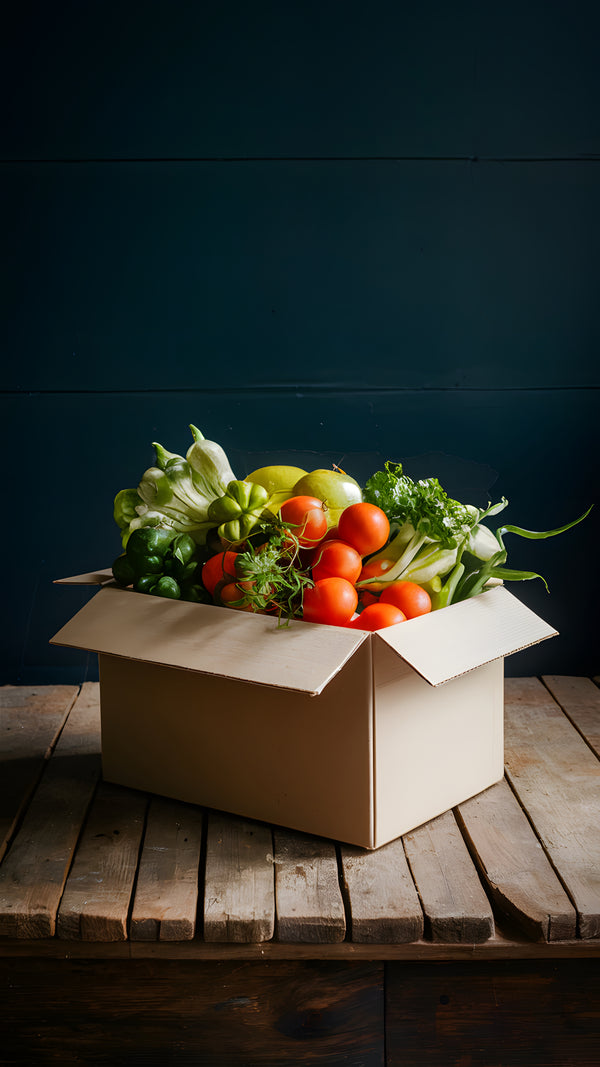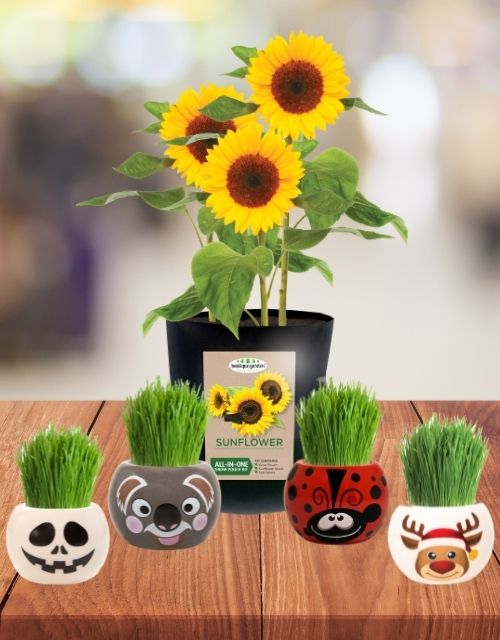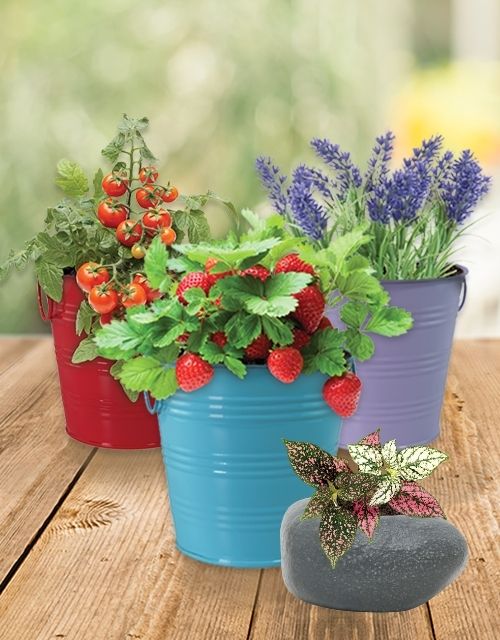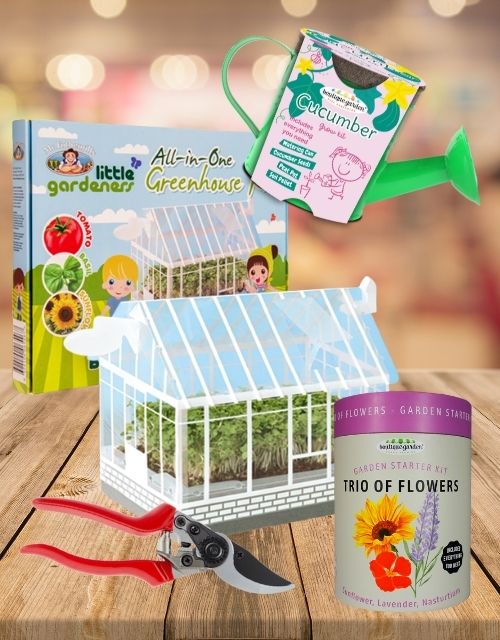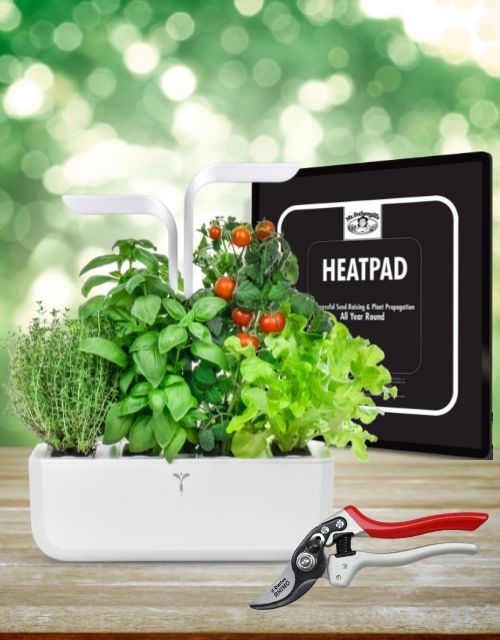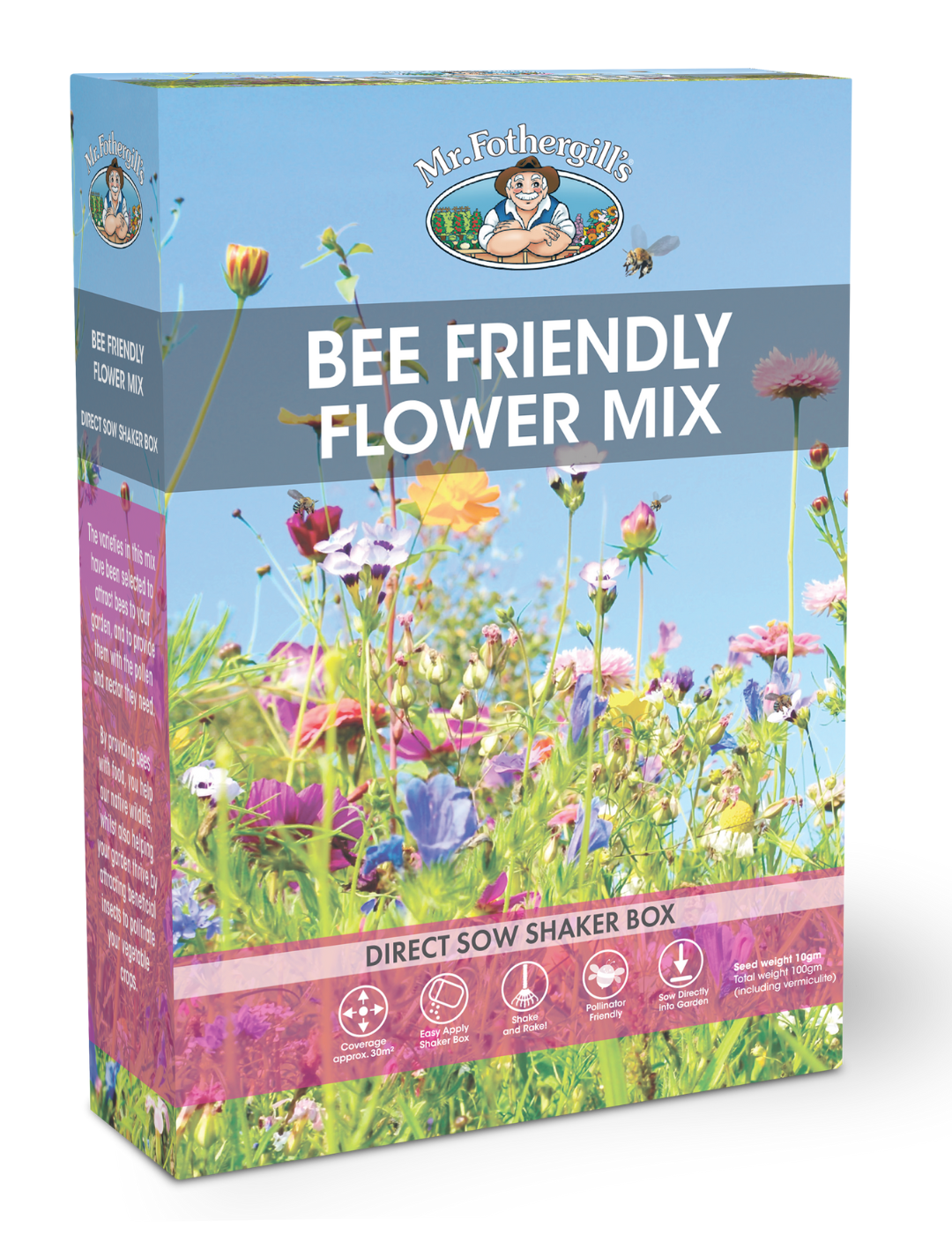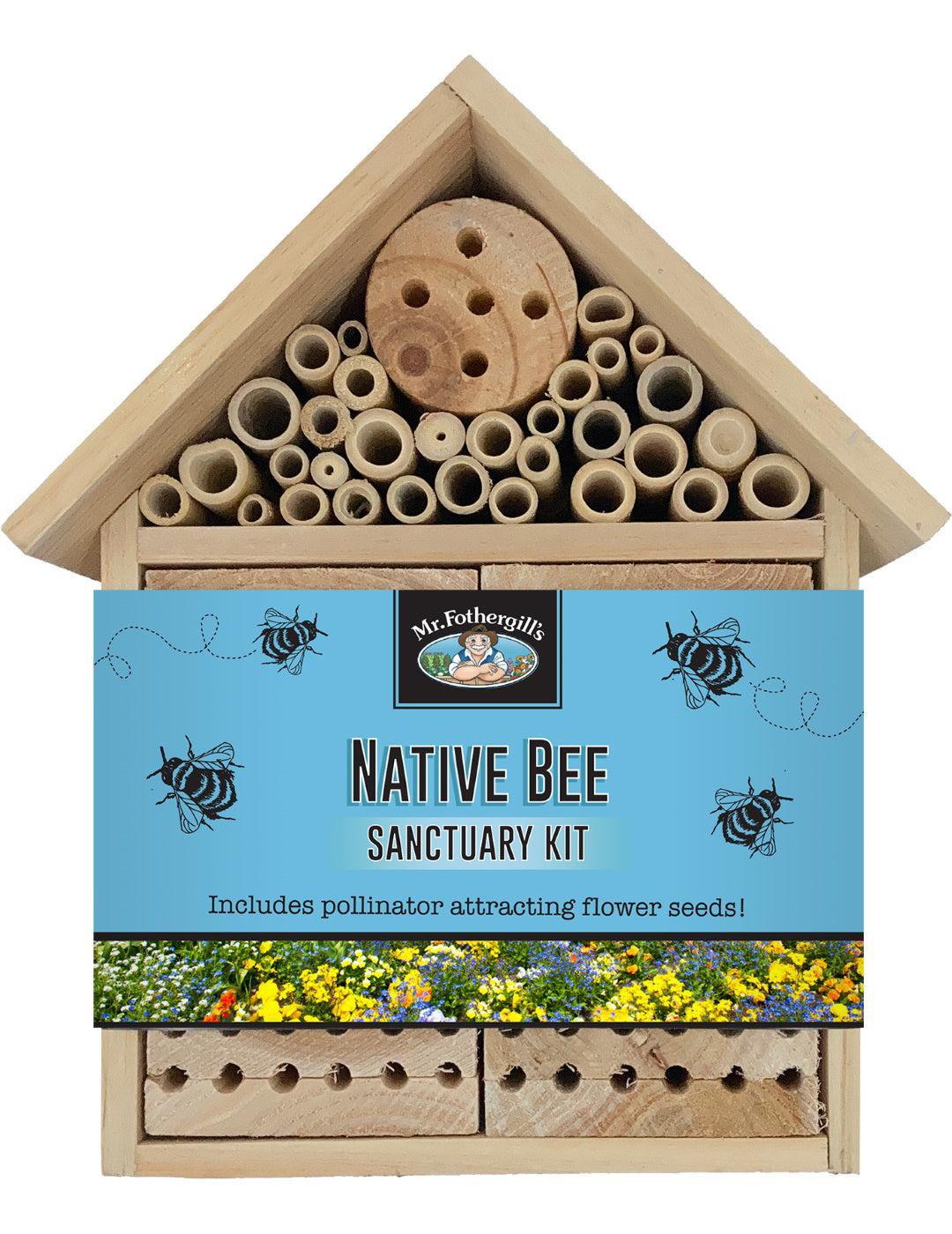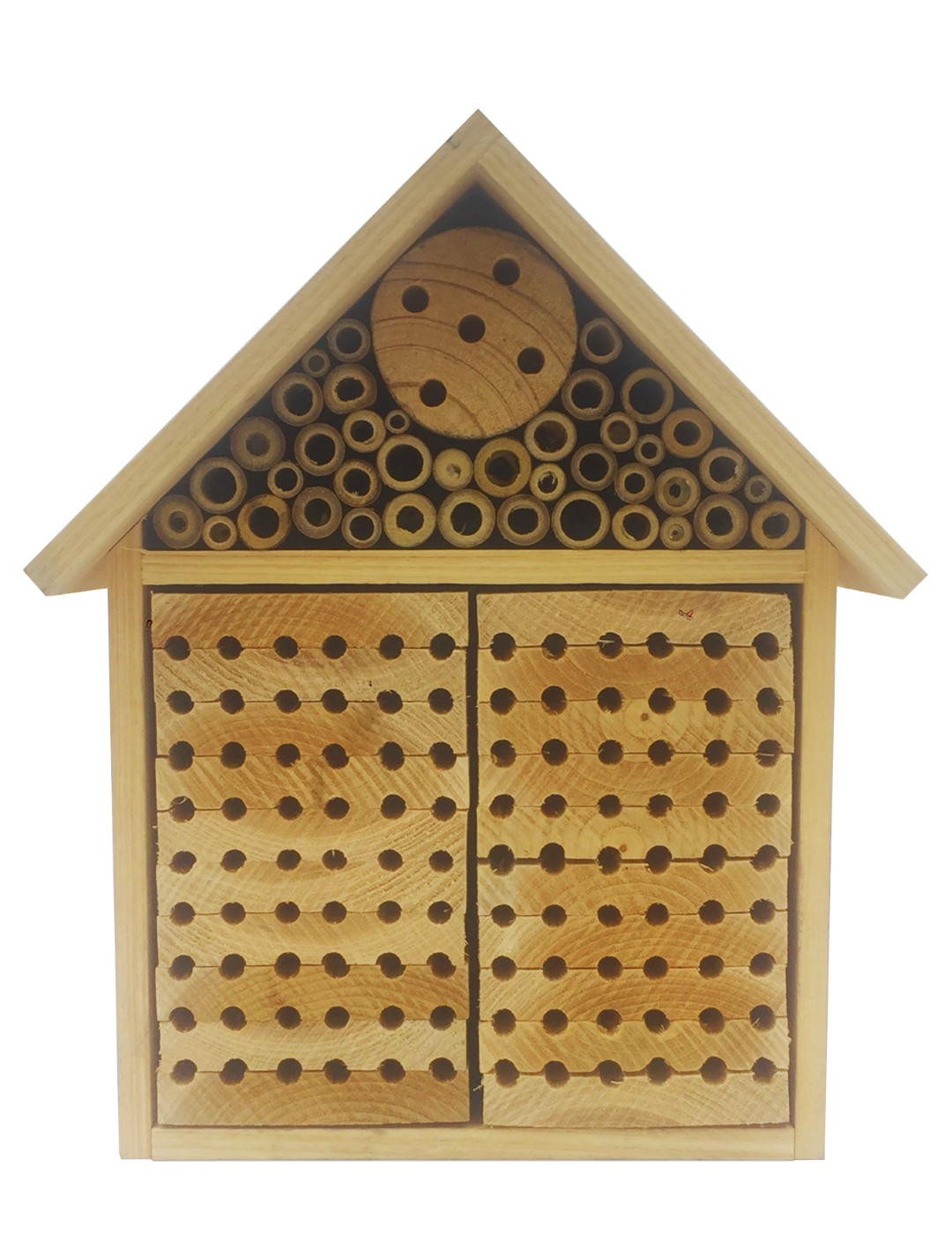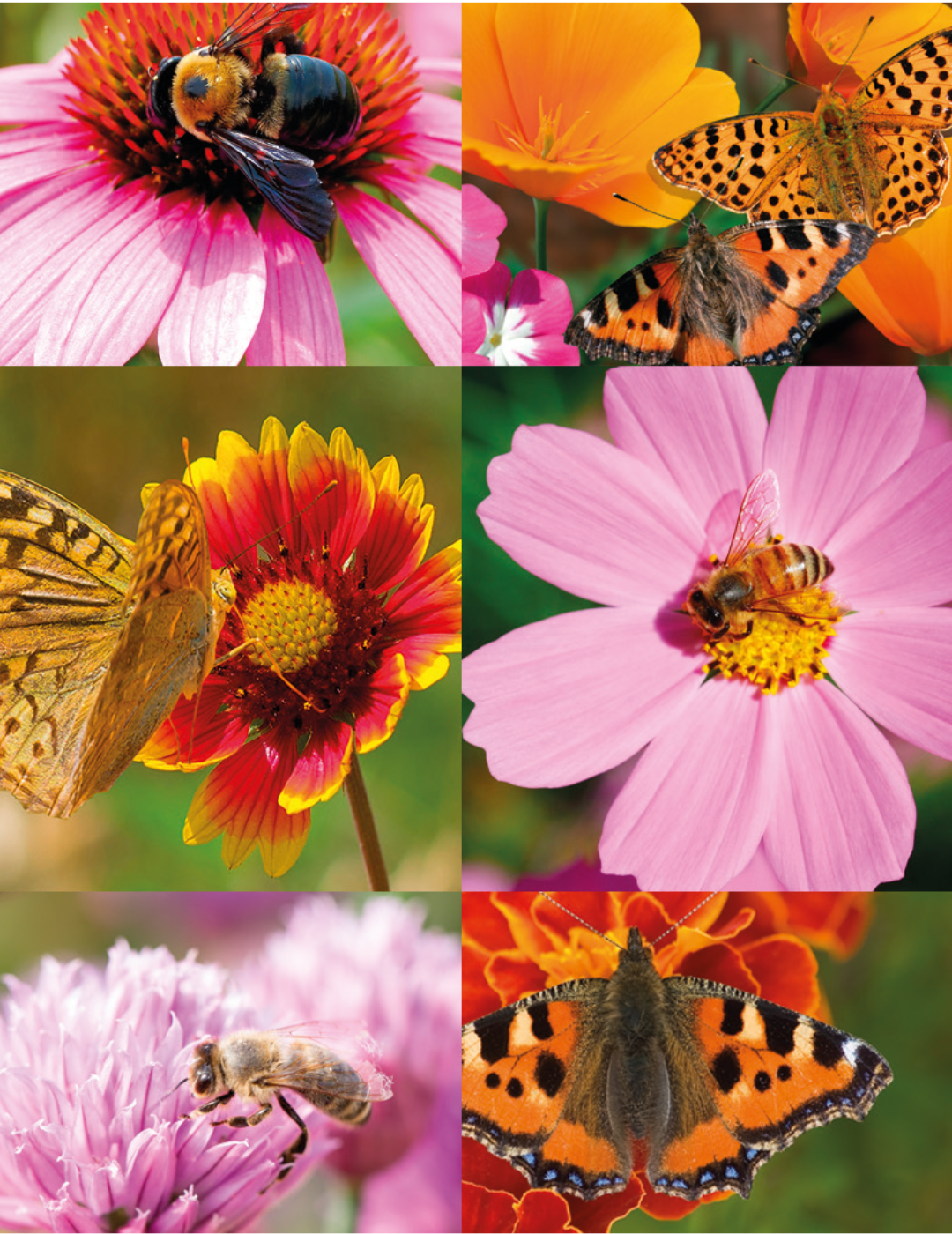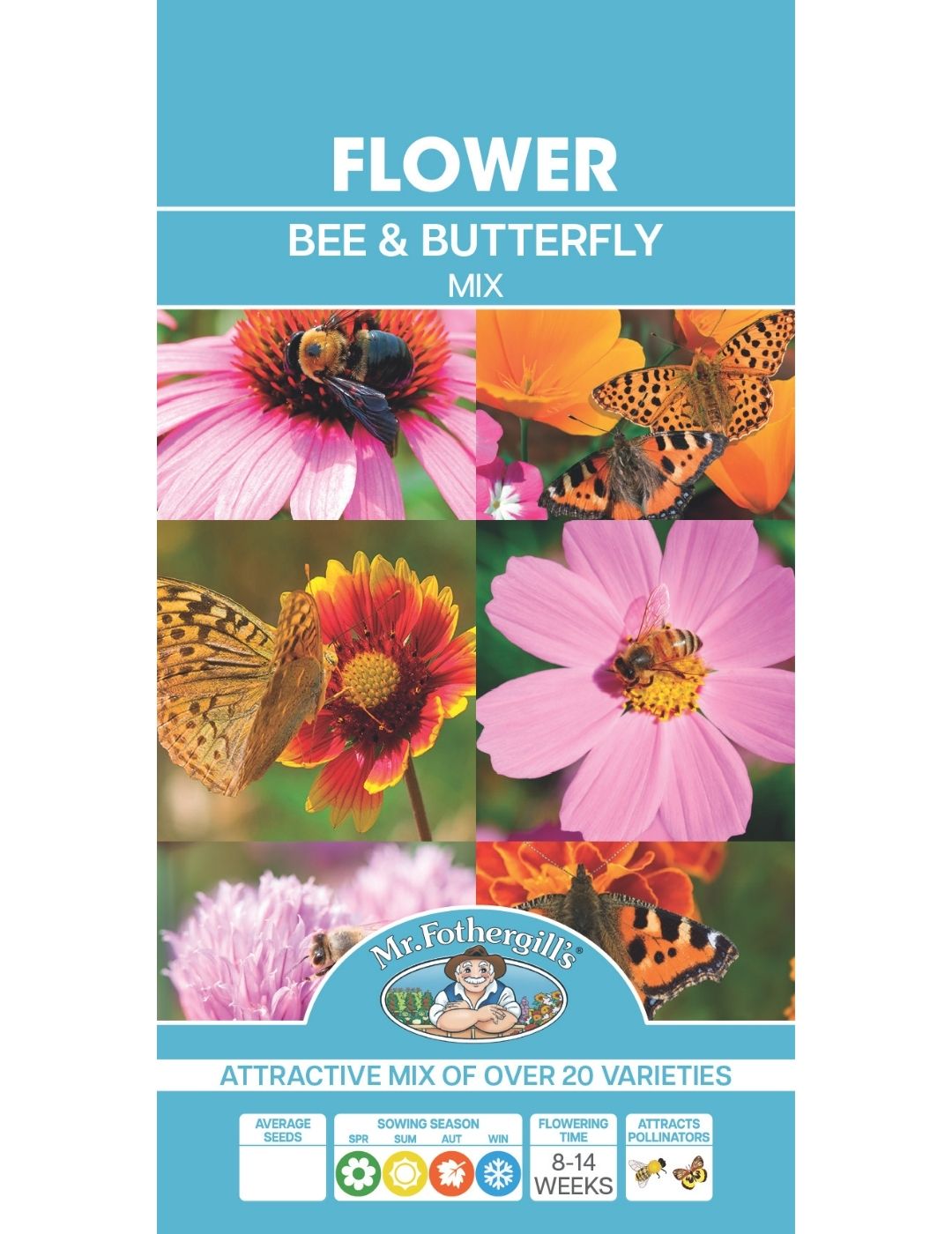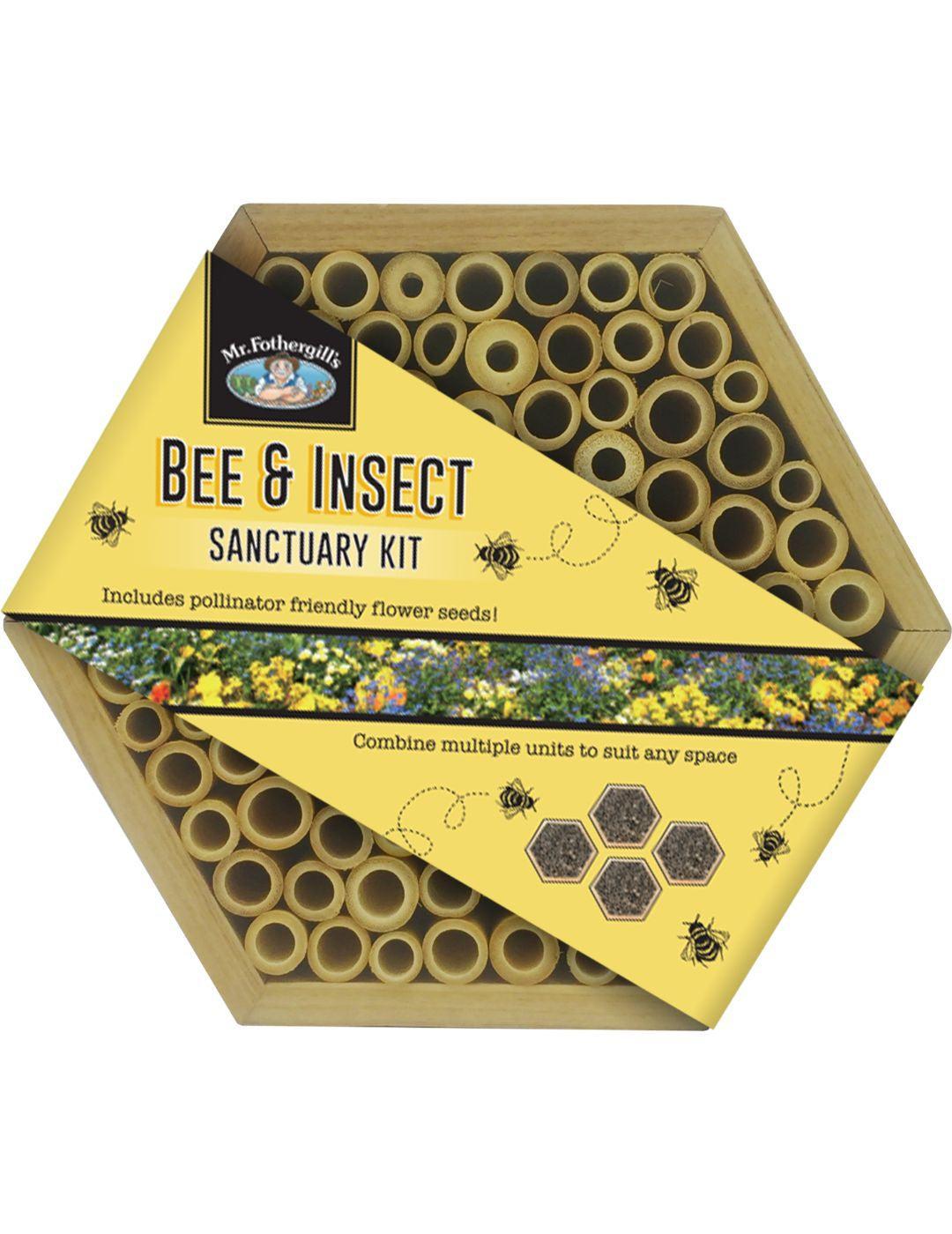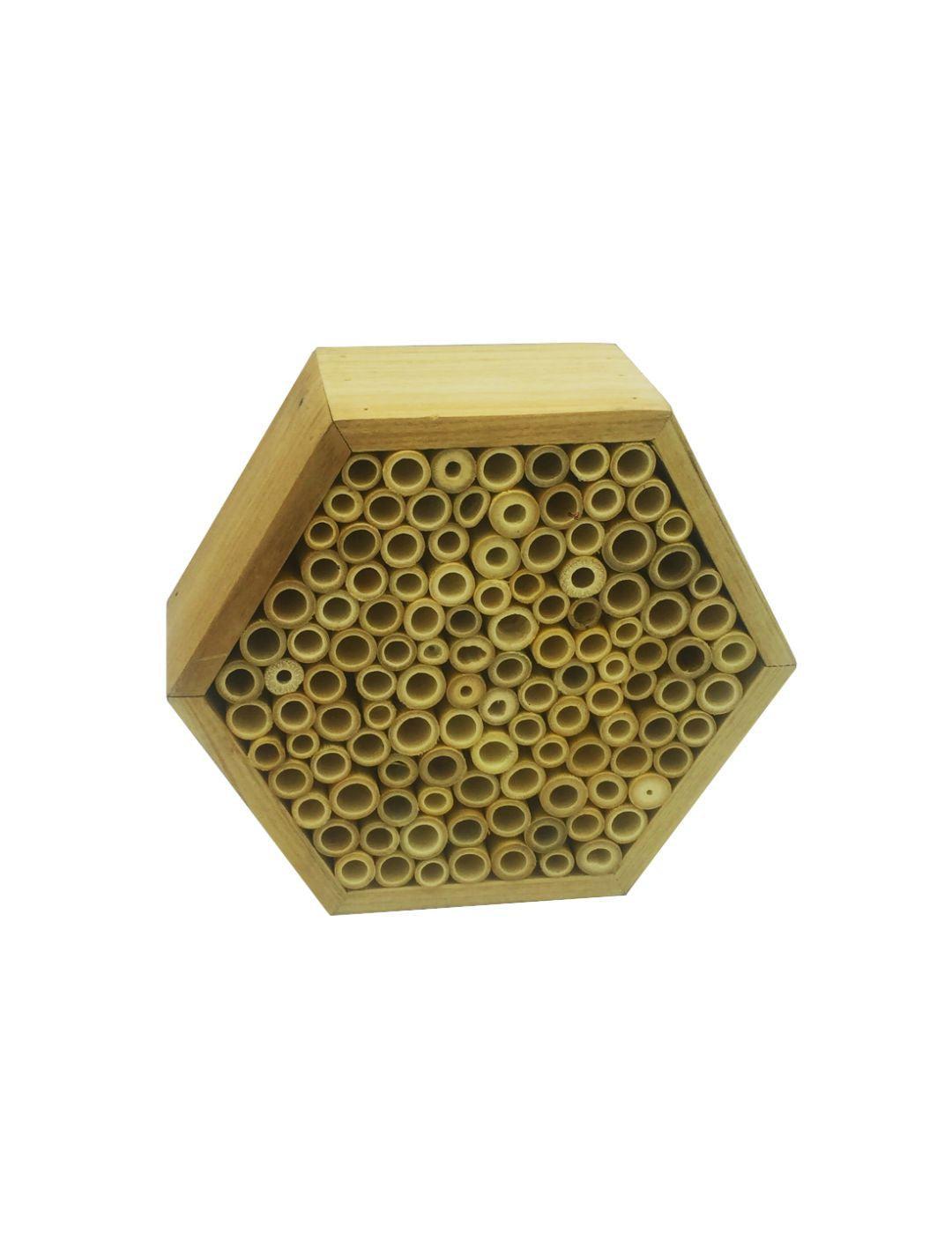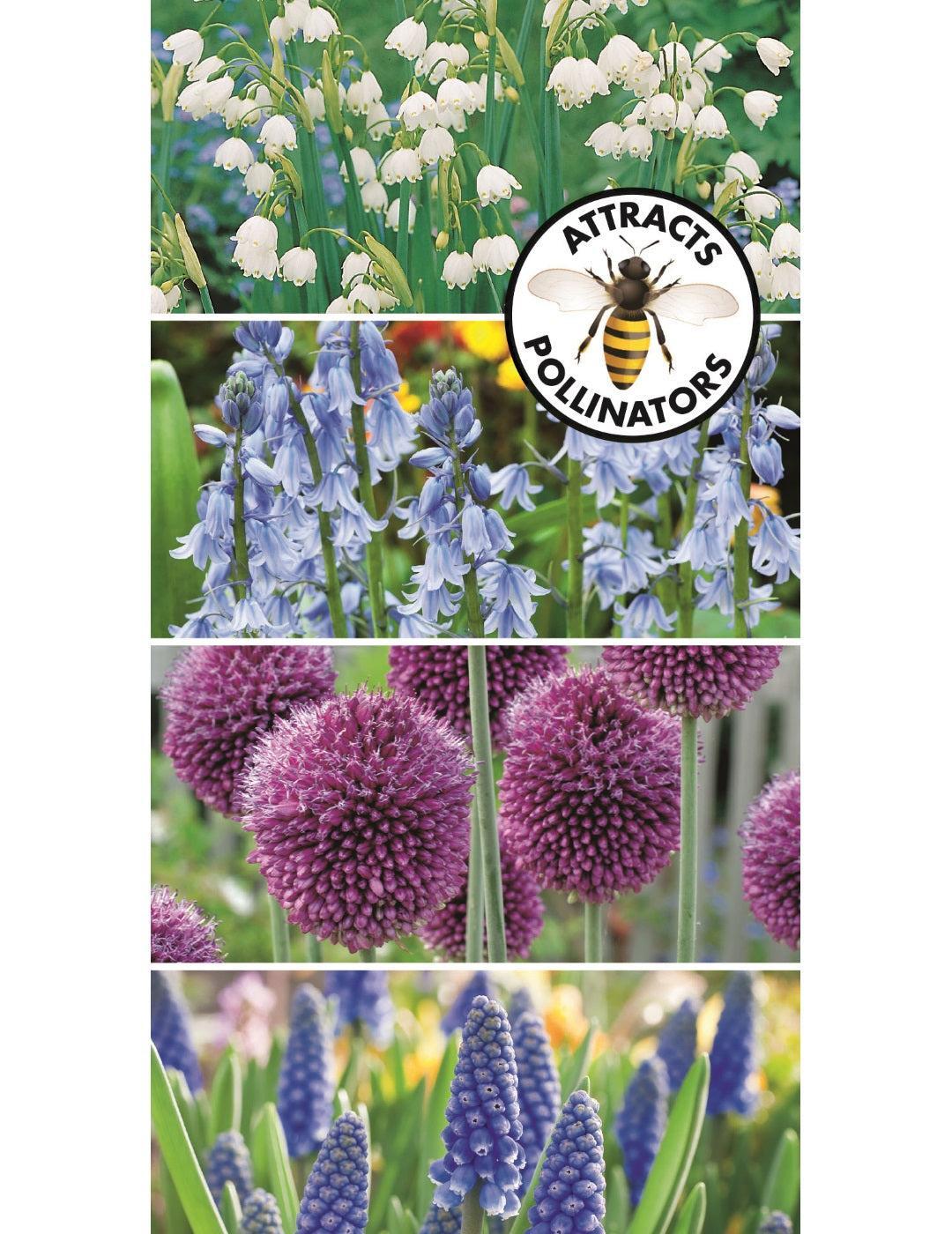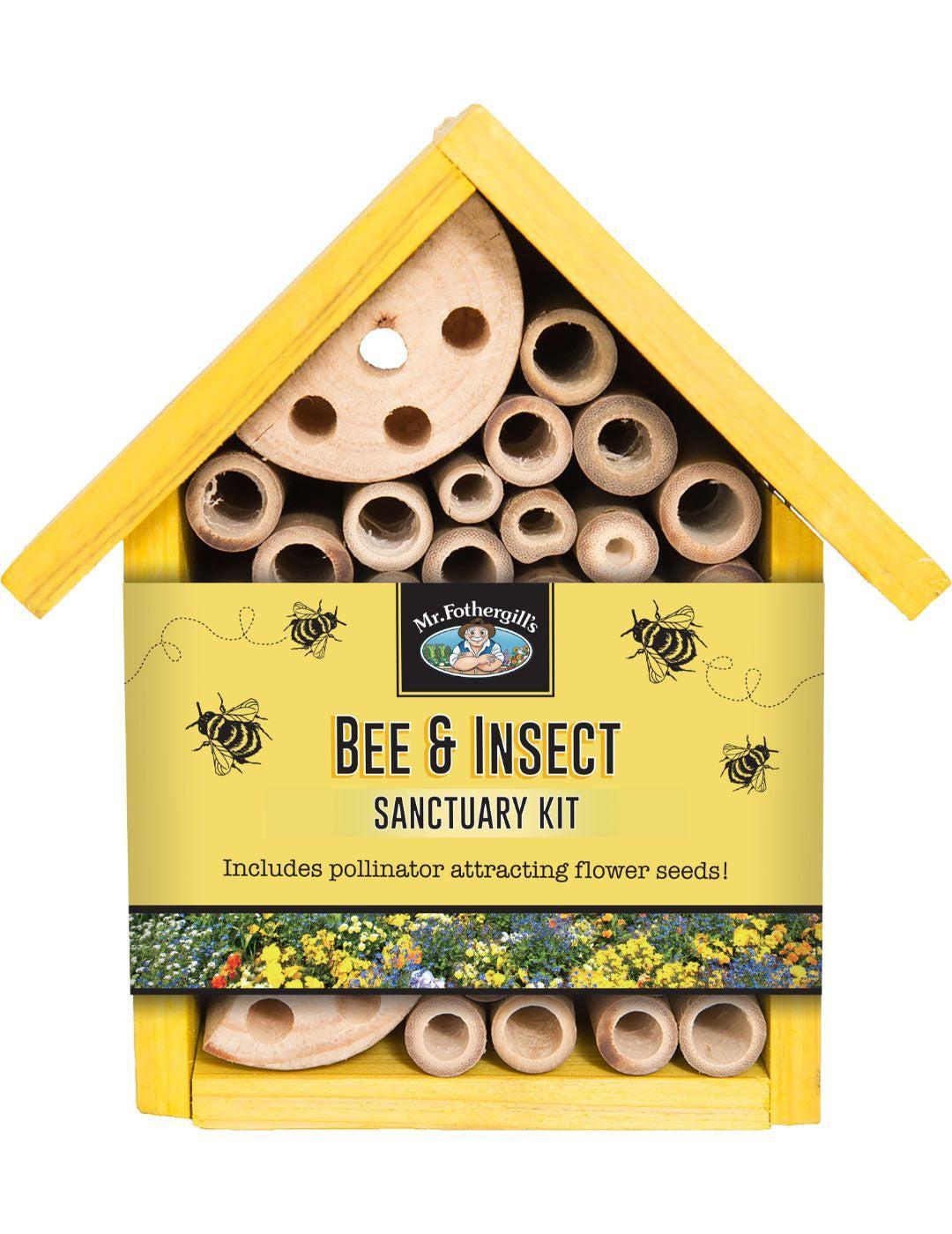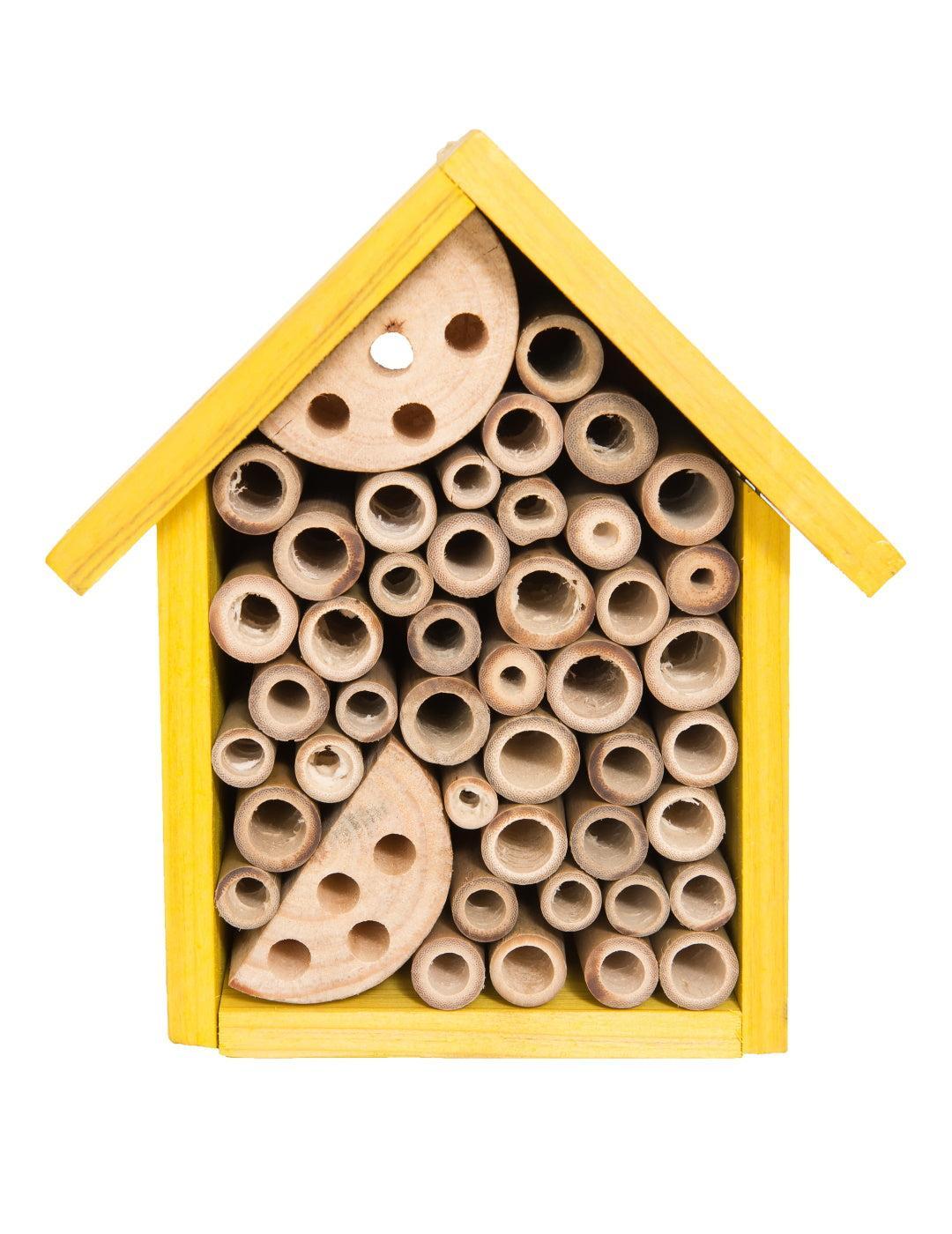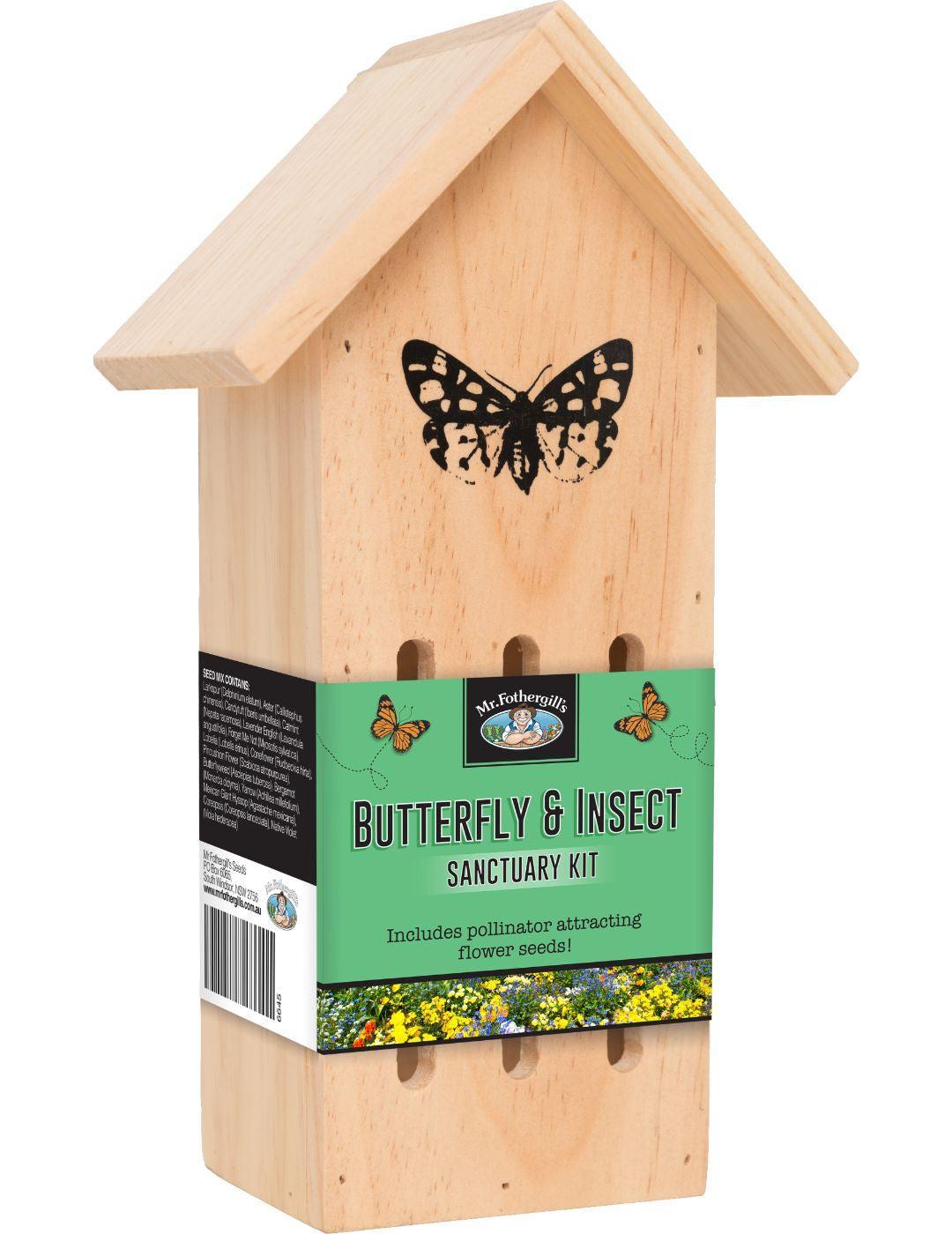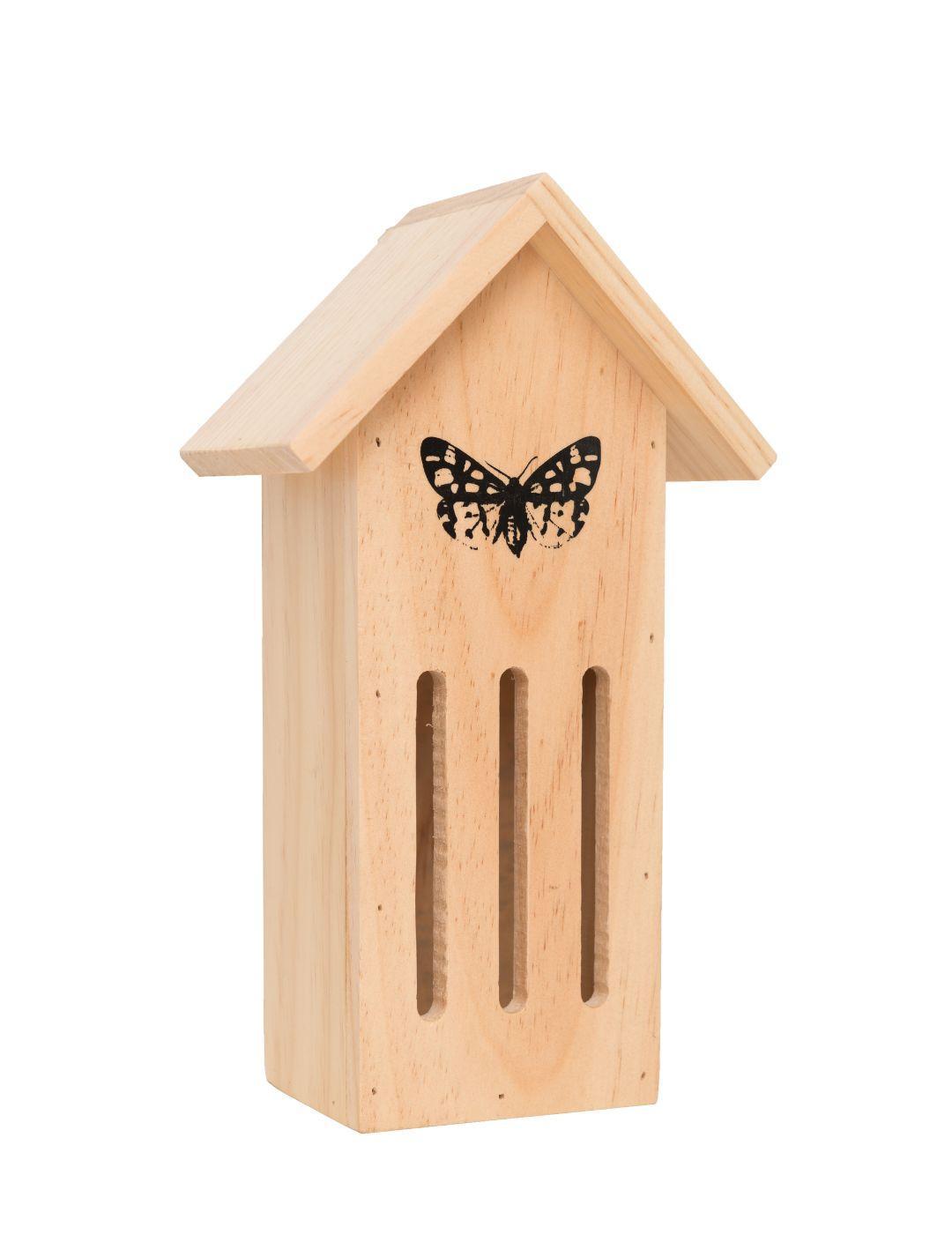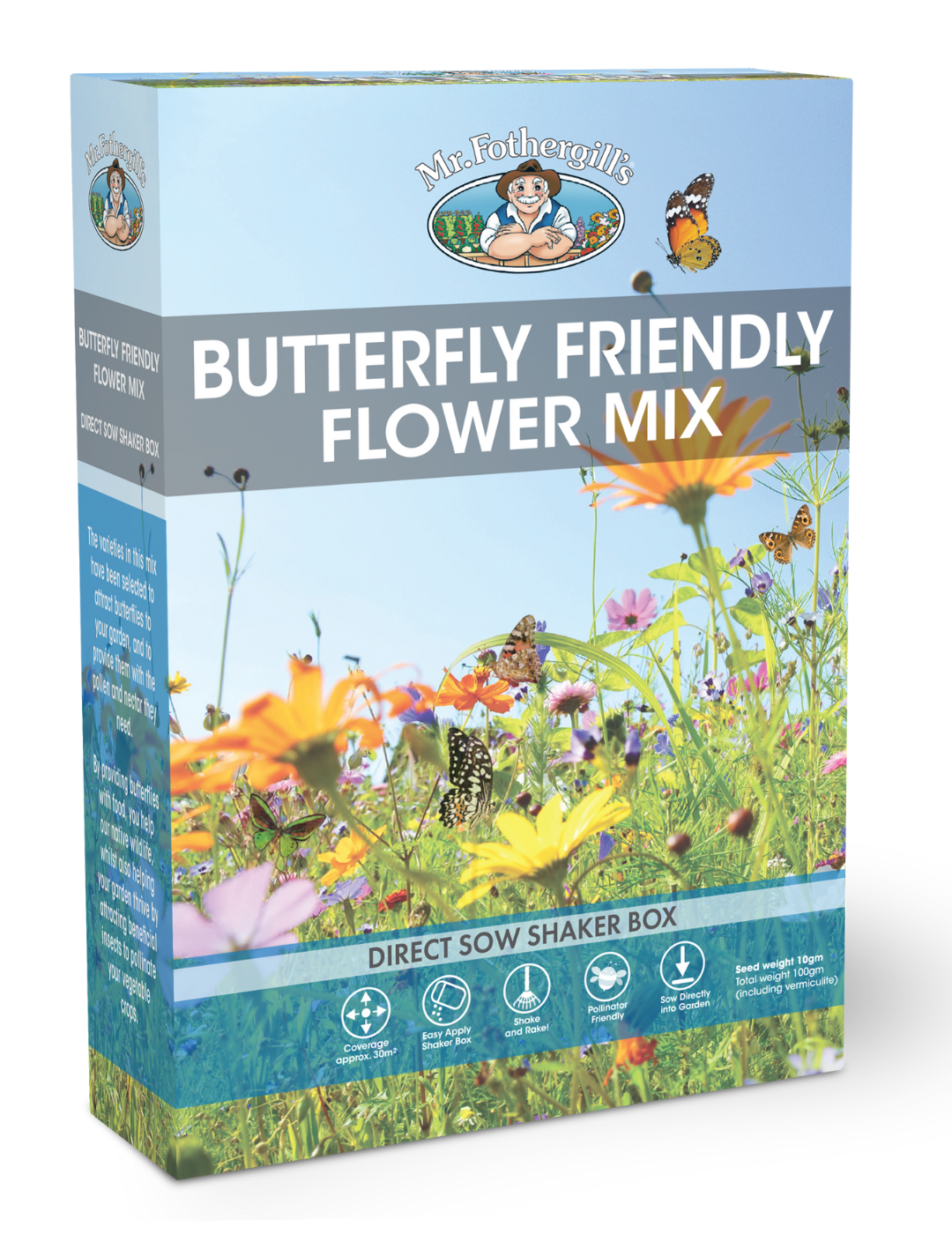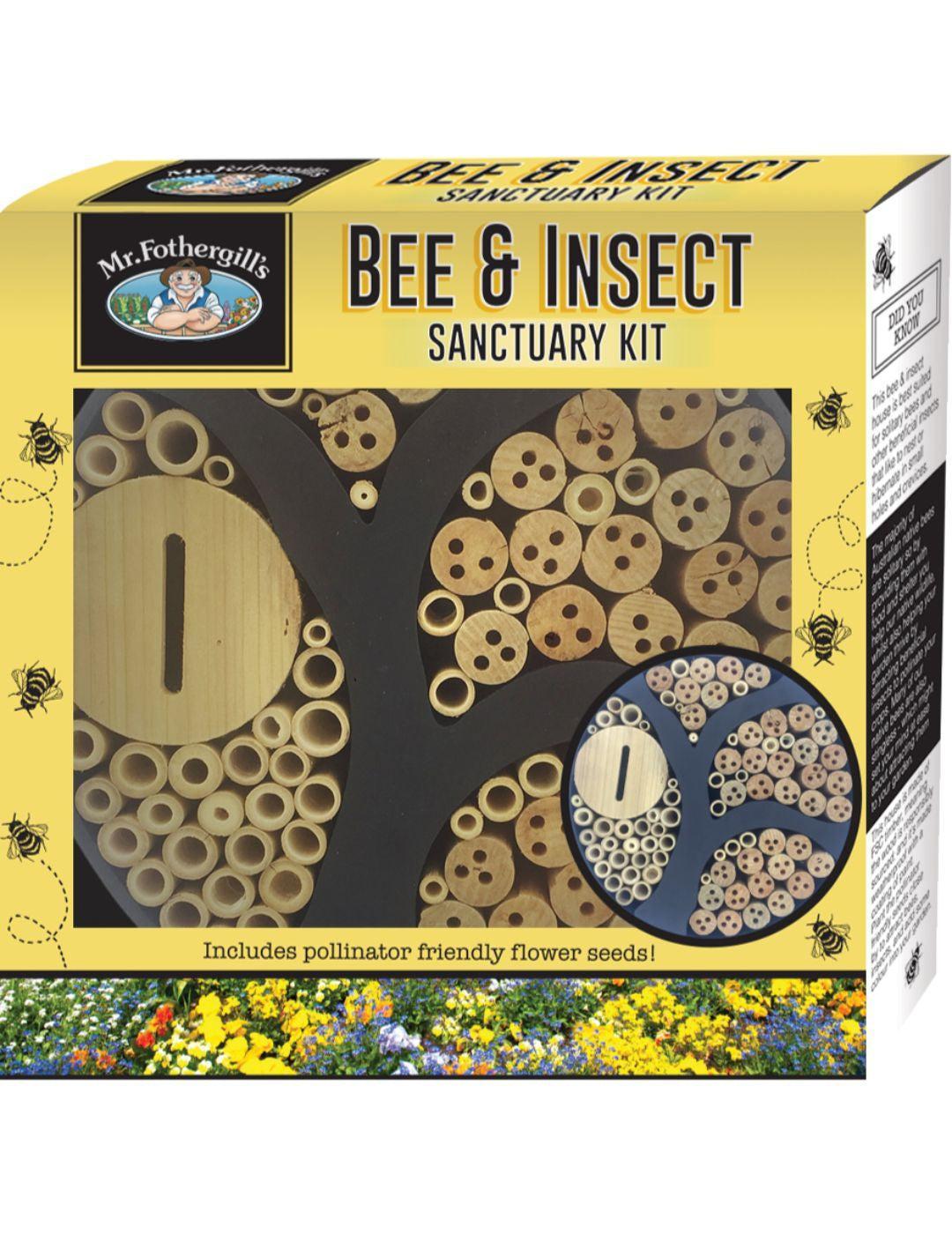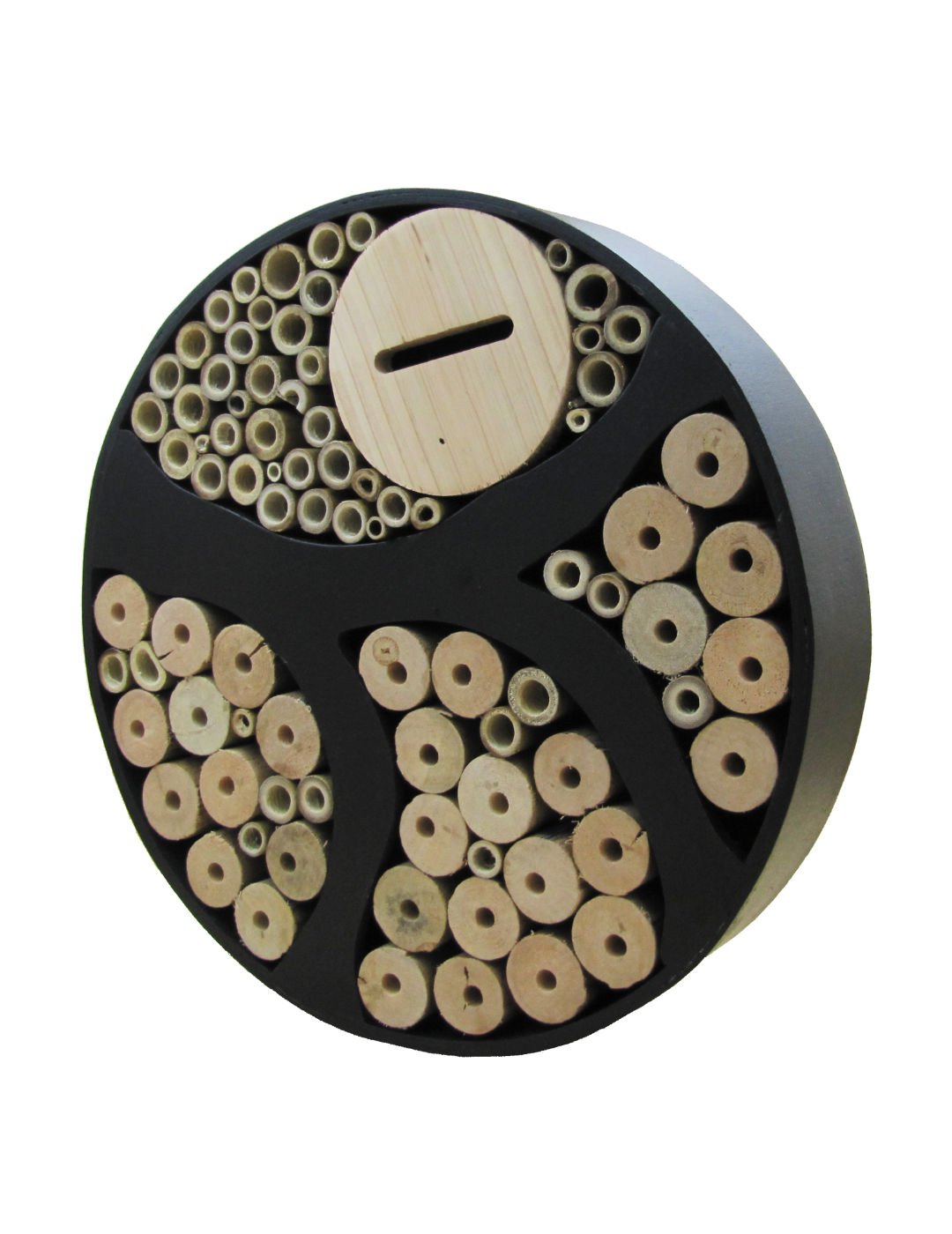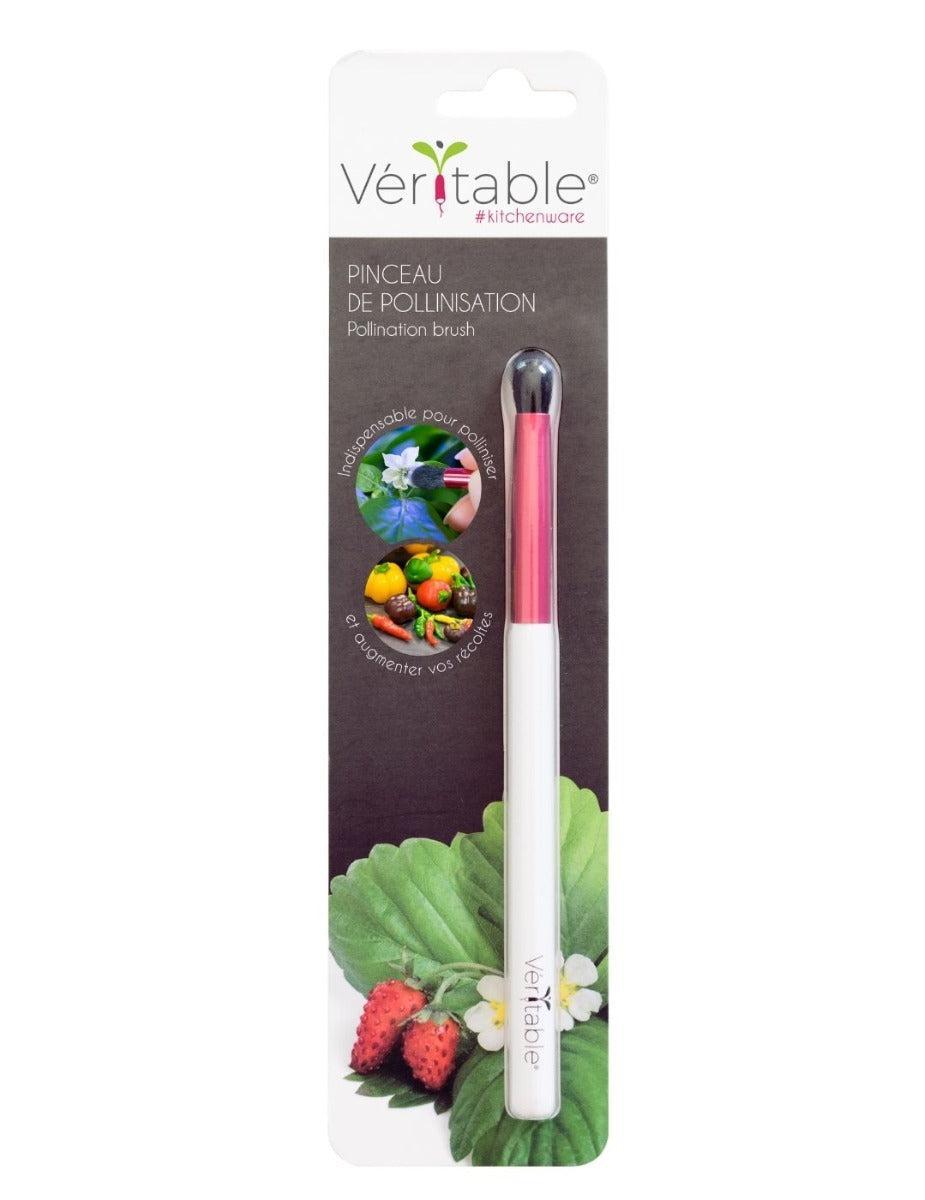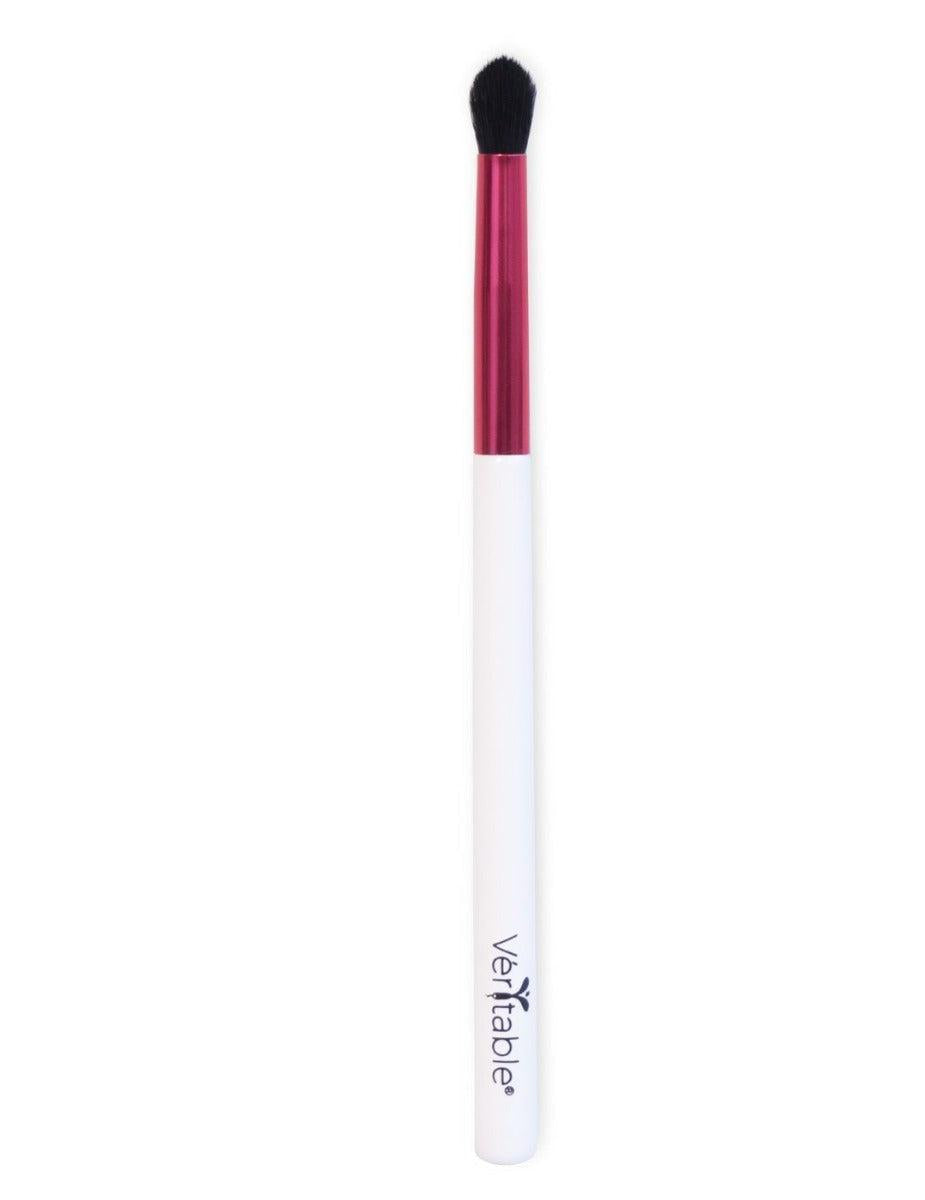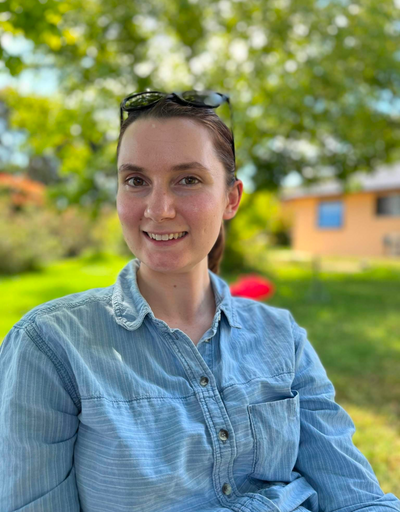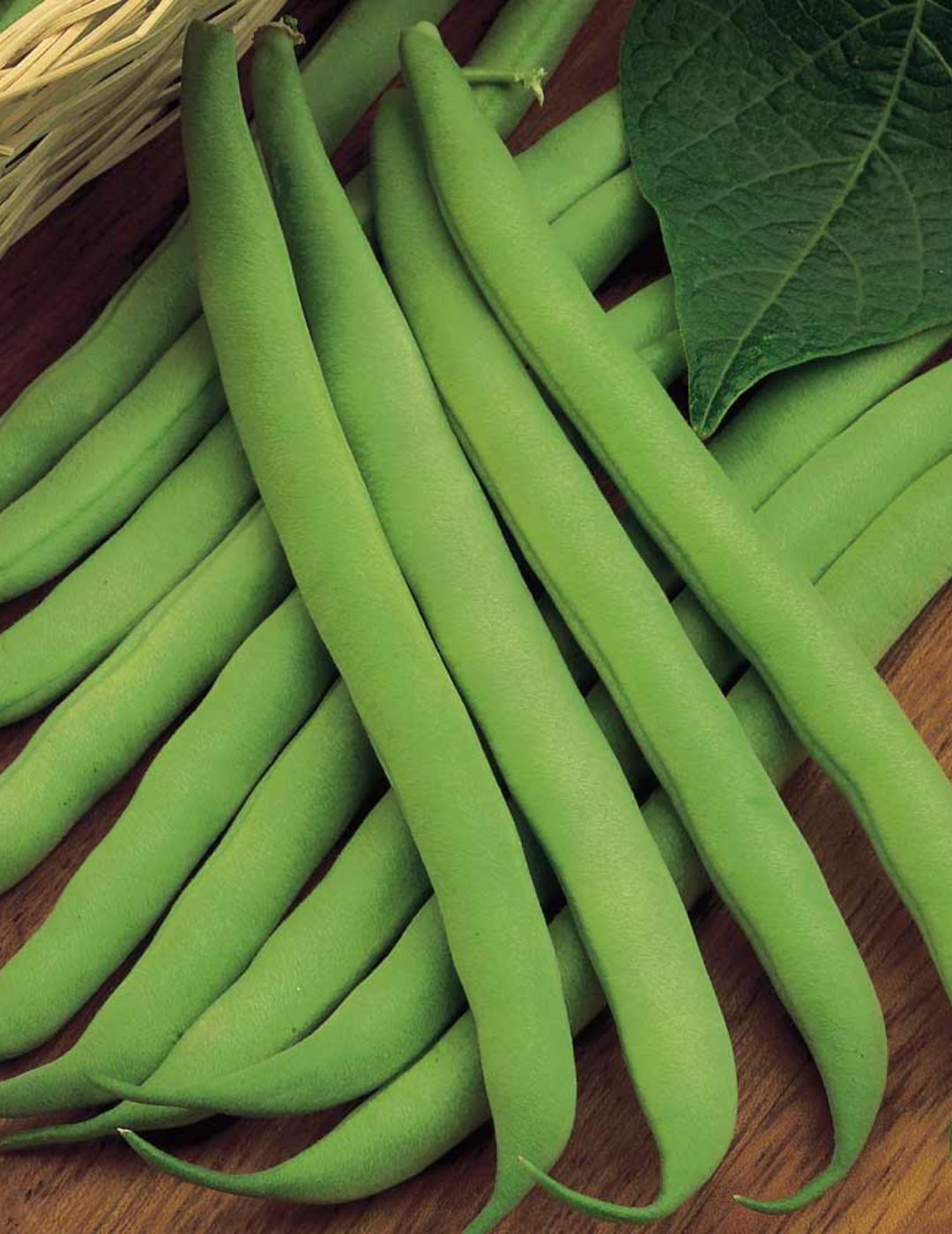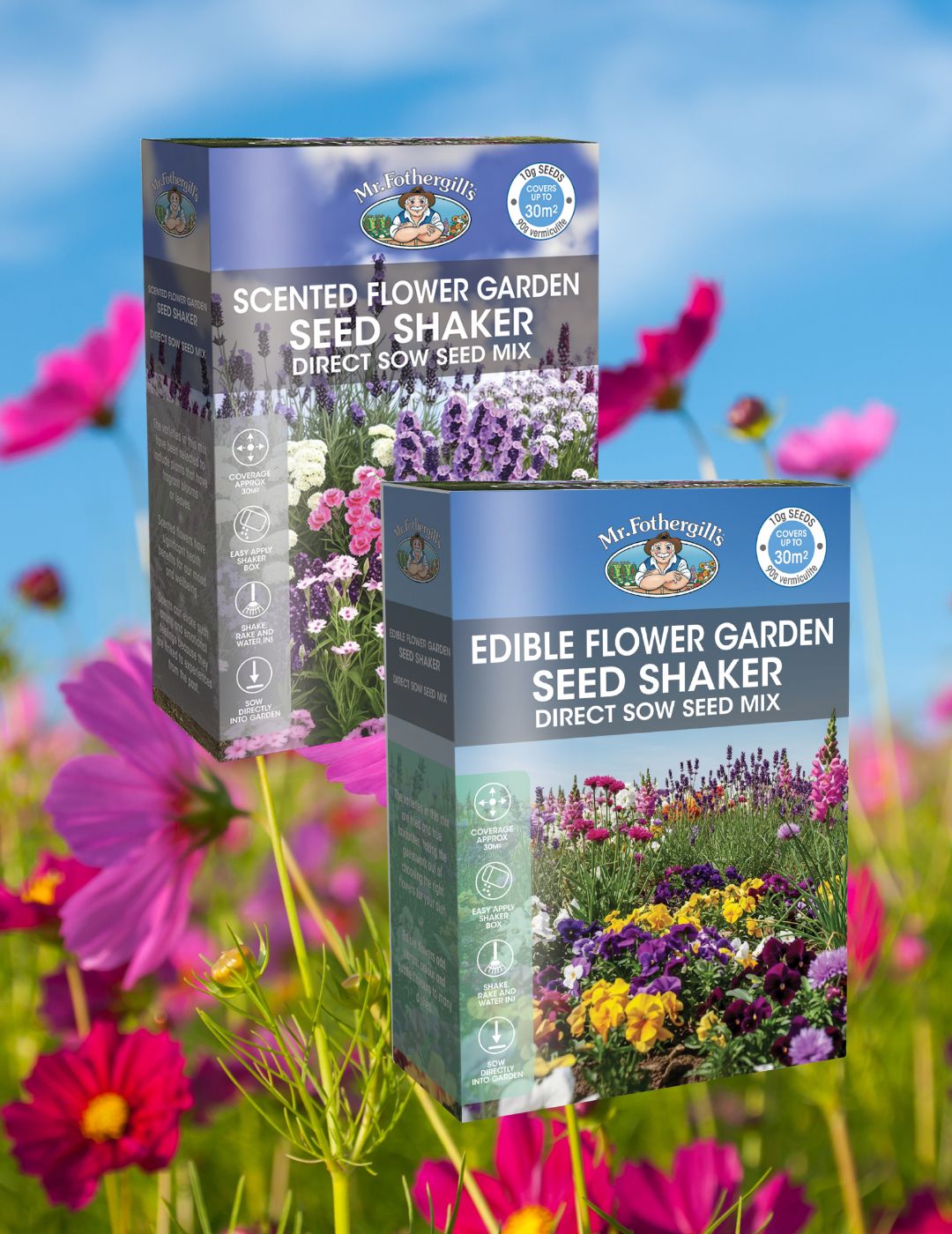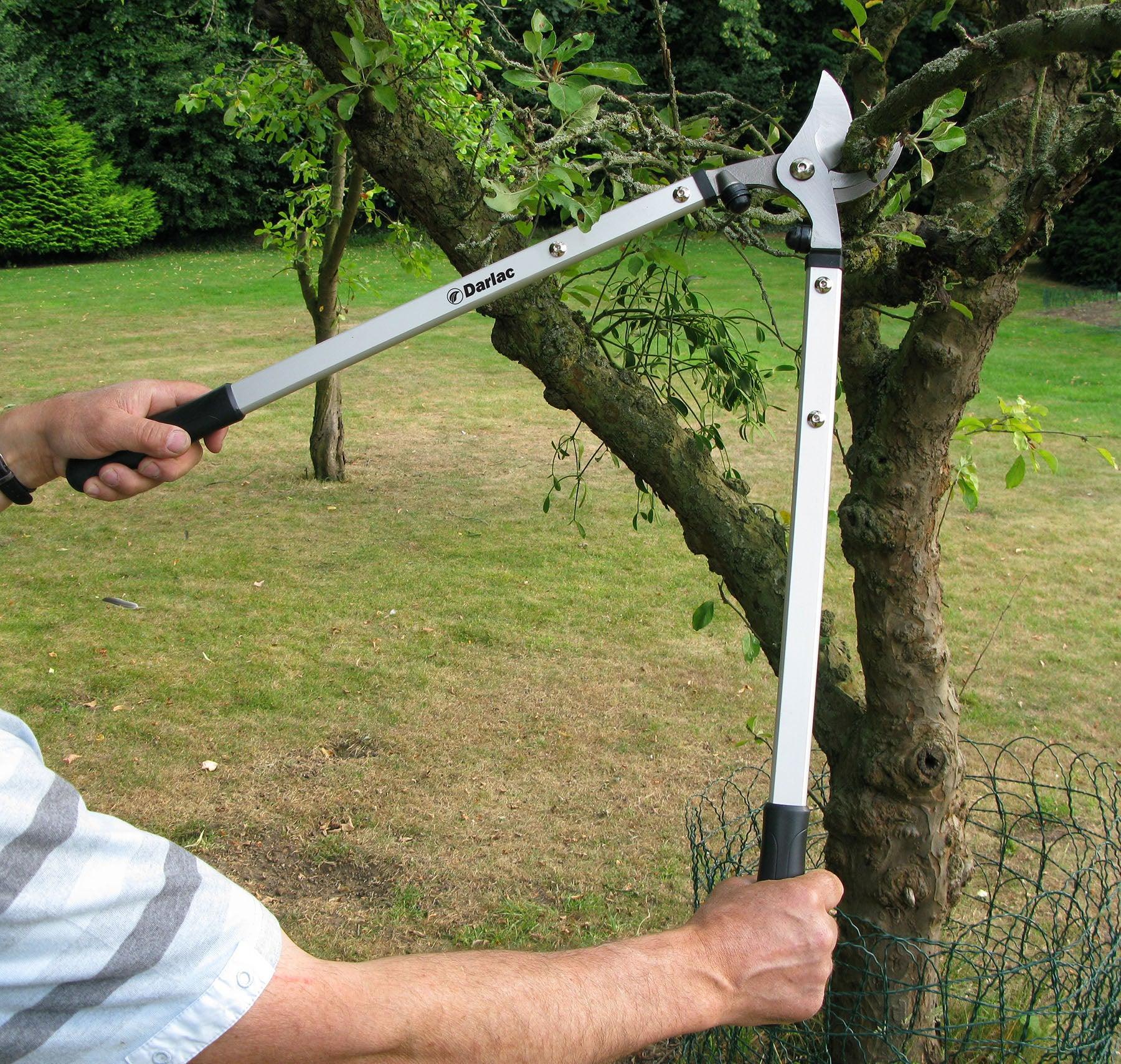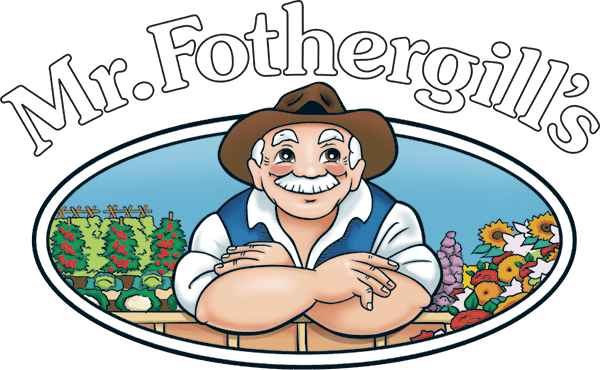
Pollinators like bees, butterflies, and insects play an essential role in our gardens. They transfer pollen from one flower to another, fertilising plants so they start forming fruits and flower seeds. In fact, 70 of the top 100 most popular food crops are pollinated by insects – that means they pollinate around 80% of all flowering plants on Earth!
Despite their crucial importance, these beneficial insects are under increasing threat from pesticides, parasites, urbanisation, and climate change. By designing a pollinator garden, we can help pollinators thrive, ensuring they continue to carry out their important work for generations to come.
How to Build a Garden for Pollinators
Every gardener can take steps to make their garden a haven for pollinators, ranging from simple tips to more bug-friendly gardening practices.
Step 1: Plant Flowers
Bees are drawn to bright colours – particularly shades of blue, white, and purple – so simply planting more of these flowers will signal the presence of pollen and attract pollinators to your garden. Using seed shakers to sow seeds like calendula, marigold, lavender, and alyssum should see your garden become a hive of activity, and herb seeds such as sage, rosemary, and mint are other favourites. There are also beneficial insect mixes available, which specifically promote insect diversity.
Native bees, many of which are stingless, prefer native flowers, so Swan River Daisies are a must for designing a pollinator garden. For butterflies, nectar-rich flowers are perfect, as are those that provide a place for them to lay their eggs, such as native violets, bottlebrush, and wisteria. Since butterflies start off as caterpillars, you will need to tolerate chewed-up leaves, but the benefits in the long term are worth it.
Step 2: Eliminate Pesticides and Herbicides
Insecticides are rarely selective in what they kill, and using them to deter bad insects means you’re more than likely going to harm the good insects, too. There are alternative methods available for managing pests in your garden, such as using non-spray products like Snail & Slug Copper Tape or encouraging beneficial predator insects and parasitoids into your garden. By creating a favourable habitat for the beneficial insects, you will have a better chance of controlling the pests.
If you must spray, use them sparingly and be sure to read the warning labels, as even natural pesticides such as pyrethrum are known for their toxicity to bees. Pesticides should be sprayed at dusk or dawn before the pollinators are about.
The same rules apply for herbicides. By spraying weeds, you may be poisoning the beneficial insects that feed on their flowers. Weeds usually appear due to issues with soil – such as disturbance, lack of mulch on bare soil or introducing contaminated soil mixes/composts – and by addressing these issues, you can reduce weeds and eliminate the need for poisons.
Step 3: Provide shelter
Protect your pollinators from predators and encourage them to stay in your garden by providing them with a haven they can call home. Bees like to nestle into small gaps and be protected from the rain, so adding an insect or bee sanctuary offers a variety of little hidey-holes for them to seek shelter in. Butterflies do not like wind, so butterfly houses that provide shelter from chilly gusts will lead to them seeking out your garden as refuge.
Step 4: Provide Water
Just like any living organism, insects need water. Supplying an insect-friendly water source in your garden will help keep bees and butterflies hydrated during the long and hot Aussie summer.
Remember: bees can’t swim, so make sure you include a little float for the bees and butterflies to land on as they drink. For example, a rock placed in a shallow dish of water will provide water and a platform to drink from, keeping your pollinators happy.
When preparing water for bees, you may be tempted to provide honey water. While the association between honey and bees may appear beneficial, we advise that you do not do this, as honey water can possess pathogens which lead to the spread of disease among colonies and fighting and robbing behaviour between colonies.
Why is Pollination Important?
Taking steps to draw bees and butterflies to your garden is hugely beneficial to the process of pollination, but why is this so crucial to protect? Pollination is an essential ecological process by which pollen grains are transferred between the male and female components of a flower, enabling the processes of fertilisation and seed production. Without it, these processes don’t occur effectively, preventing the next generation of flowers from developing.
Pollination is especially vital for humans as it is responsible for the reproduction of a large majority of the fruit, vegetables, and nuts we rely on to survive. If you find that your crops are underproducing, the likely culprit is a lack of pollinators.
So, what are pollinators? The bees and butterflies that we want to encourage into gardens are the actors in the process of pollination. Insects like bees pollinate by transferring the pollen grains between flowers in the form of pollen. By encouraging pollinators into your garden, you contribute to the successful reproduction of plants and flowers, as well as the equilibrium of the ecosystem in which plants and insects thrive.
Create Your Perfect Pollinator Garden at Mr Fothergill’s
With the world’s pollinators needing protection, Mr Fothergill’s is dedicated to producing products that help increase beneficial insect populations and keep them pollinating our crops far into the future. Shop our range of bee, butterfly, and insect sanctuaries and pollinator-friendly flower mixes, or contact us with any questions on how to encourage these little pollinators into your garden.
